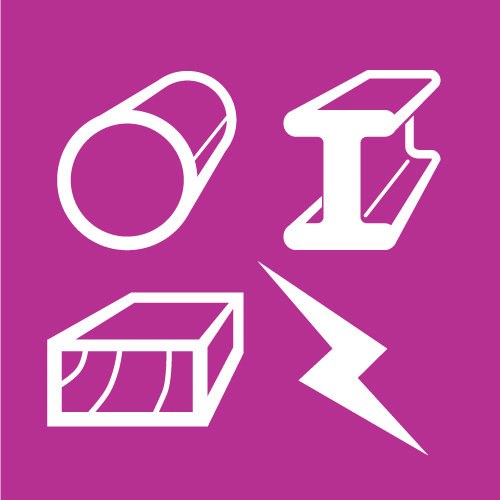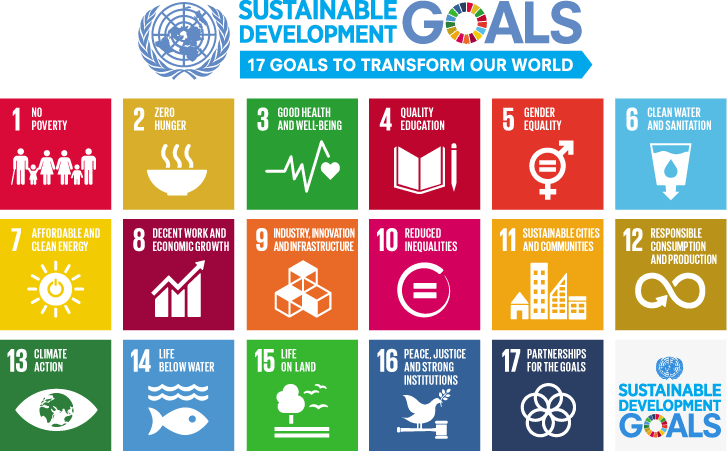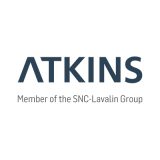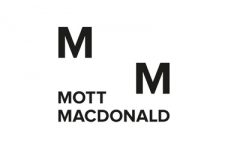
BREEAM Infrastructure (formerly CEEQUAL)is the world leading, evidence-based, sustainability assessment scheme for civil engineering projects.
BREEAM Infrastructure exists to drive sustainability performance across the industry and is passionate about doing so. Our purpose is to work with our partners to improve standards in sustainability and contribute to the sustainable development agenda.
- HOME
- THE TECHNICAL MANUALS
- OUR TRAINING OPTIONS
- DISCOVER BREEAM Infrastructure
- – Why BREEAM Infrastructure
- – How BREEAM Infrastructure Works
- – How BREEAM Infrastructure supports Sustainable Design
- – Who can use BREEAM Infrastructure
- – BREEAM Infrastructure Term Contracts
- – Sustainable Civil Engineering
- – BREEAM Infrastructure and Sustainability
- – BREEAM Infrastructure and the SDGs
- – BREEAM Infrastructure and sustainable design
- – BREEAM Infrastructure and sustainable construction
- – Downloads and Documents
- SUSTAINABLE OPERATIONS
- CASE STUDIES & INSIGHTS
- CONTACT BREEAM Infrastructure
What is sustainability and why does it matter?
The most used definition for sustainability, given by the 1987 United Nations Brundtland Commission, is “meeting the needs of the present without compromising the ability of future generations”. Sustainable development is therefore centred around the concept of ensuring that present day developments do not result in negative impacts, for us or for future generations.
Climate change poses a rapidly increasing challenge. One way to approach this challenge is to live more sustainably and this is crucial to maintaining and protecting our natural environment, our ecosystems, and the numerous ecosystem services provided to society.
What is BREEAM Infrastructure’s role in sustainability?
The three-pillar model of sustainable development seeks to balance the environmental, economic, and social elements of sustainability in order to achieve success in each. BREEAM Infrastructure complements this model by assessing the full sustainability credentials of projects and contracts. This contributes to sustainable development by driving environmental, economic, and social best practice.
BREEAM Infrastructure also supports Government strategies by providing the infrastructure industry with an incentive and protocol for assessing, benchmarking, and rating the sustainability performance of projects and contracts.
As laid out in the BREEAM Infrastructure technical manuals, BREEAM Infrastructure encourages sustainability best practice across eight distinct categories. To learn more about these, explore the sections below.
Management

The Management category considers how sustainability issues are incorporated into the overall management of the project. It covers the principles of sustainable development and the management of environmental and social performance throughout the planning, design and construction of a project.
Resilience

This category encourages proactive hazard identification, risk evaluation, and risk management for assets and infrastructure. This includes assessing and mitigating risks from natural hazards, intentional threats, and climate change. Specific environmental risks resulting from the asset’s construction and operation are covered separately in Pollution.
Communities and stakeholders

This category addresses issues regarding the wider social and economic effects of a project on local communities and other relevant stakeholders who might be impacted, directly or indirectly, by a project’s delivery or operation. It covers initial and subsequent engagement and consultation on the proposed project, through inception, design and construction. The aim is to maximise the wider social and economic benefits that a project can achieve.
Land use and ecology

This category promotes the reuse of previously disturbed land and aims to minimise negative impacts on biodiversity and the natural environment. It promotes outcomes that enhance ecological value by protecting and enhancing habitats. This category also promotes the enhancement of any associated social and health values.
Landscape and historic environment

This category encourages consideration of the landscape and its associated heritage features, within and surrounding a project site. It aims to protect and enhance both landscape character and heritage assets. It addresses the aesthetic value and visual impact of a project and considers actions which will protect and enhance the historic environment.
Pollution

This category promotes actions which minimise the air, water, and noise pollution associated with an asset. It focuses on carrying out risk assessments, developing and implementing appropriate mitigation strategies, and monitoring the effectiveness of the mitigation measures to maximise their outcomes.
Resources

This category promotes prudent and responsible use of all physical resources. The focus of this category is reducing whole life impacts from resource use. This involves considering the environmental impacts of the design, construction, and operation of an asset over its life cycle. The category encourages users to evaluate resource use within the context of a circular economy and to take actions which are focused on reducing waste.
Transport
 This category encourages the effective management of transport impacts. Transport impacts include the movement of construction materials and waste, construction workforce transport, and disruption to other users of the transport network during the life of an asset. This category emphasises designing out transport impacts and consulting with local communities to create opportunities for integrated transport systems.
This category encourages the effective management of transport impacts. Transport impacts include the movement of construction materials and waste, construction workforce transport, and disruption to other users of the transport network during the life of an asset. This category emphasises designing out transport impacts and consulting with local communities to create opportunities for integrated transport systems.
Learn more about BREEAM Infrastructure and sustainability
Learn more about how BREEAM Infrastructure works to drive sustainability performance by exploring the topics below.
BREEAM Infrastructure and the SDGs
Learn about the relationship between BREEAM Infrastructure and the UN’s Sustainable Development Goals.

BREEAM Infrastructure and Sustainable Design
Learn how BREEAM Infrastructure helps drive sustainable design in the early stages of projects.

BREEAM Infrastructure and Sustainable Construction
Learn how BREEAM Infrastructure supports sustainable construction and engineering as projects come to life.

BREEAM Infrastructure and Sustainable Operation
Learn how BREEAM Infrastructure encourages sustainable operations once projects are complete.

Begin your Infrastructure journey
Ready to see how BREEAM Infraestructure can revolutionise your construction business and save you money?











